SUMMARY
This is AI generated summarization, which may have errors. For context, always refer to the full article.
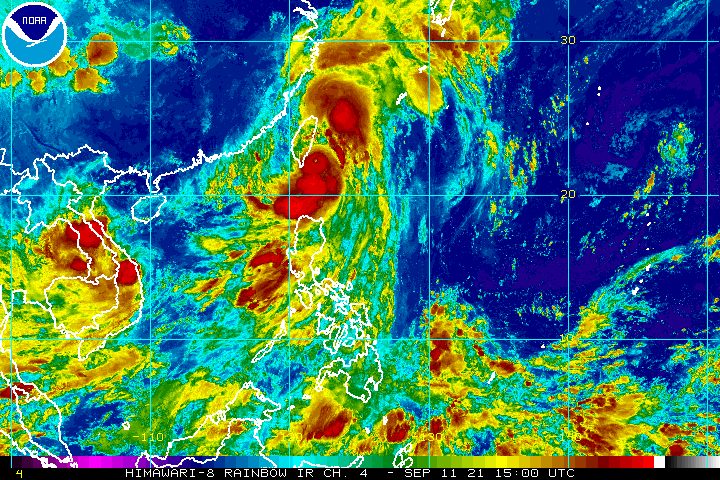
Typhoon Kiko (Chanthu) was already over the sea east of Taiwan late Saturday evening, September 11, while still enhancing the southwest monsoon or hanging habagat.
Taiwan is within the Philippine Area of Responsibility (PAR).
Kiko’s location was 145 kilometers north of Itbayat, Batanes, said the Philippine Atmospheric, Geophysical, and Astronomical Services Administration (PAGASA) in its 11 pm bulletin on Saturday.
It was moving north northeast at 15 kilometers per hour (km/h) and, at that rate, may leave PAR on Sunday afternoon or evening, September 12.
The typhoon had made landfall in Ivana, Batanes, at 8:30 am on Saturday.
So far, Kiko still has maximum sustained winds of 185 km/h and gustiness of up to 230 km/h. It may weaken on Sunday, but will remain a typhoon.
At its peak, Kiko had maximum sustained winds of 215 km/h – almost a super typhoon. A super typhoon has maximum sustained winds exceeding 220 km/h. (READ: FAST FACTS: Tropical cyclones, rainfall advisories)
Only Signal Nos. 1 and 2 are raised as of 11 pm on Saturday. The highest tropical cyclone wind signal raised due to Kiko had been Signal No. 4.
Signal No. 2 (damaging gale-force to storm-force winds)
- Batanes
Signal No. 1 (strong winds)
- Babuyan Islands
Parts of Northern Luzon are still seeing rain from the typhoon. Scattered to widespread floods and landslides remain possible.
Heavy to intense rain, with at times torrential rain
- Batanes
Moderate to heavy rain, with at times intense rain
- Babuyan Islands
- northern part of mainland Cagayan
- Ilocos Norte
- Ilocos Sur
- Abra
- Apayao
- Kalinga
PAGASA also warned that there is still a moderate to high risk of life-threatening storm surges 1 to 2 meters high on Sunday.
“Rising seawater along with the high waves from the shoreline moving inland may still cause flooding in the low-lying coastal localities of Batanes,” the state weather bureau said.
The seaboards of Batanes and Babuyan Islands will continue to have rough to phenomenal seas on Sunday, with waves 2.5 to 15 meters high. Travel is risky for all vessels.

In a separate advisory at 11 pm on Saturday, PAGASA warned that the southwest monsoon being enhanced by Kiko will bring moderate to heavy rain and occasional gusty winds to these areas on Sunday:
- Metro Manila
- Ilocos Region
- Cordillera Administrative Region
- Central Luzon
- Calabarzon
- Occidental Mindoro
- Oriental Mindoro
- Palawan
“Under these conditions, flash flooding and rain-induced landslides are possible,” the state weather bureau said.

Kiko is the Philippines’ 11th tropical cyclone for 2021.
An average of 20 tropical cyclones form within or enter PAR each year. (READ: LIST: PAGASA’s names for tropical cyclones in 2021)
For the next six months, these are PAGASA’s estimates for the number of tropical cyclones inside PAR:
2021
- September – 2 or 3
- October – 2 or 3
- November – 2 or 3
- December – 1 or 2
2022
- January – 0 or 1
- February – 0 or 1
– Rappler.com
Add a comment
How does this make you feel?




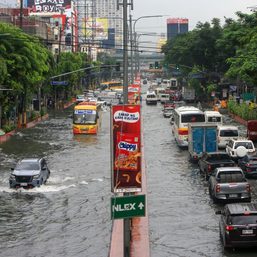
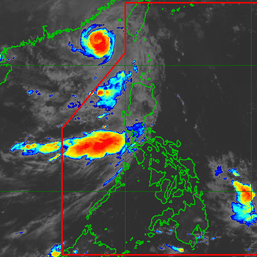
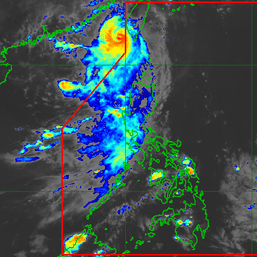
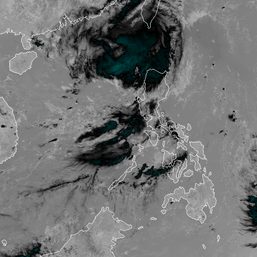
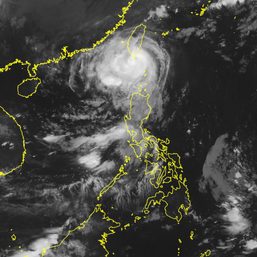
There are no comments yet. Add your comment to start the conversation.